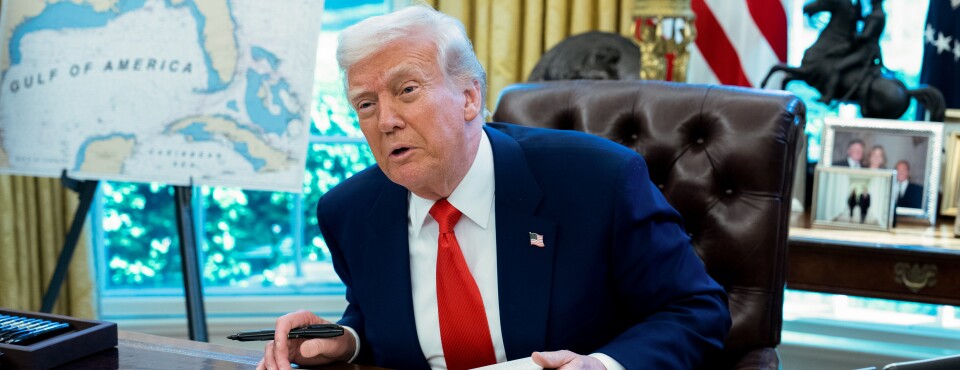The US Supreme Court generated new turmoil for federal workers and lower courts in allowing President Donald Trump to move forward with sweeping plans to overhaul the federal government.
While administrative law scholars say such restructuring normally would have to be challenged agency-by-agency, they acknowledge a piecemeal approach can make it much harder for those seeking to challenge unlawful executive actions. That’s particularly true with a president intent on pushing the bounds of executive power.
There’s a “pretty normal and conventional take on what the Supreme Court did” in an unsigned order on Tuesday that lifted a stay blocking Trump from carrying out federal downsizing, said University of Michigan administrative law professor Nicholas Bagley. But “we’re not living in normal times.”
The decision is a notable development in Trump’s effort to reshape government. The San Francisco-based district court order, upheld by the US Court of Appeals for the Ninth Circuit, was the last broad hold on Trump’s demand for layoffs across multiple government agencies, although some injunctions remain on firings for individual departments.
Trump in February directed the heads of 19 agencies to prepare plans to initiate large-scale reductions in the size of the federal workforce that are “consistent with applicable law.”
The resulting mass firing plans sparked lawsuits from public sector unions and terminated employees, including the one that, until the Supreme Court acted, was blocking multiple federal departments and agencies from cutting workers.
“It creates a massive amount of litigation that challenges essentially the same action by agency after agency,” said Suzanne Goldberg, a constitutional law professor at Columbia Law.
And there are likely to be different rulings depending on the agency as a result, she said.
Legality Questioned
Justice Sonia Sotomayor joined the majority in a notable concurrence because she said the agencies’ plans aren’t before the court at this stage and district courts are still “free to consider” if they’re lawful.
Anthony Michael Kreis, who teaches administrative and constitutional law at Georgia State University College of Law, called the decision delusional.
“The court is essentially saying here, ‘We think the president should be able to continue to implement the executive order, but we’re still figuring out the legality of it all,’” he said.
“It just seems completely unhinged from reality and unmoored from the everyday lives that federal employees are faced with right now,” Kreis added.
The labor union in the coalition of groups and local governments that challenged Trump’s order told the justices in a brief that they represent nearly 1 million federal employees who face termination, loss of health benefits, and worsened working conditions if they remain employed.
Vital government services will also be eliminated and degraded, they said.
‘Devastating Uncertainty’
But Bagley said challenging agency actions individually is the way administrative law works, it’s “good at solving some problems and not others.”
William & Mary law professor Jonathan Adler said that, across presidential administrations, suing an executive order is really hard to do. And they typically run into one of several legal hurdles.
In this case, Adler said the justices are basically saying that federal employees have to wait until there is something concrete for them to look at.
It may well be the case that there are some agencies that are beginning to do big things that are unlawful, “but you’ve got to sue agencies over that, you can’t sue the president,” he said.
He characterized the ruling as narrow.
“I think it’s 8-1 because it presented a relatively easy and narrow question and avoided the larger issues,” Adler said.
Although the court doesn’t provide a vote count on emergency order, only Justice Ketanji Brown Jackson noted her dissent. Jackson accused her colleagues of allowing Trump to dismantle the federal government with little knowledge of what’s actually happening on the ground.
She said lower courts are best positioned to decide whether the restructuring is consistent with federal law.
Bagley said the dispute between Jackson and the rest of the justices is whether there should be different rules for an extraordinarily aggressive president like Trump.
It isn’t surprising for the court to say that the plaintiffs can’t “challenge an executive order that by itself doesn’t do anything to them,” he said.
But given the sweeping nature of the Trump action, federal workers are going to have to wait and see what each individual agency does before they can bring legal challenges.
“This ruling creates more uncertainty both for agencies, and federal employees and their families,” Goldberg said. “I would even call it devastating uncertainty because there are not clear rules about how agencies are supposed to function in an environment where the administration is taking steps to disable them from doing their work.”

